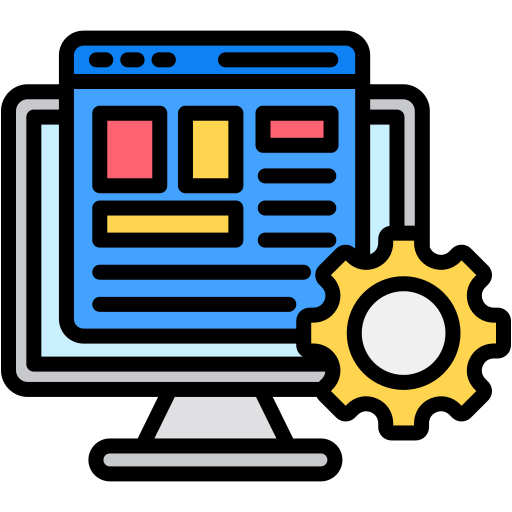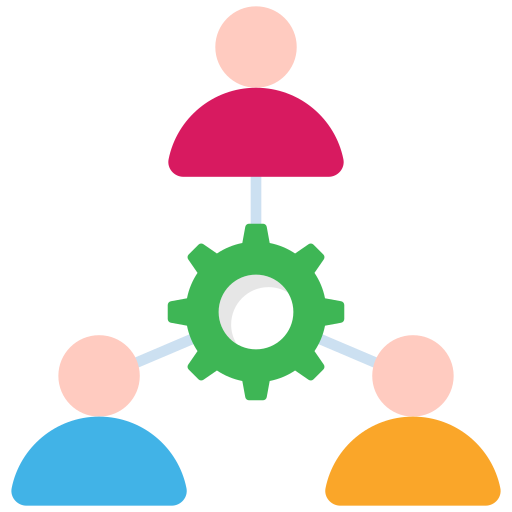

Sign Up & Login with OTP Verification:
The system must implement a secure sign-up and login process utilizing One-Time Password (OTP) verification. This includes generating and sending OTPs via SMS or email, validating the OTP entered by the user, and incorporating retry and timeout mechanisms to ensure robust security and a seamless user experience.
Multiple website management with dynamic content:
The platform should support the management of multiple websites from a single admin panel. This involves creating, updating, and deleting websites and customizing and managing dynamic content such as banners, text, and images. The system should provide various templates to cater to different website layouts, ensuring flexibility and ease of use.
Dynamic Product Variant, Promo Item managed from the backend:
From the backend, administrators should be able to manage product variants and promotional items dynamically. This includes adding, updating, and removing product variants like size and color, creating and managing promotional items, scheduling promotions, and tracking their performance to ensure effective marketing strategies.
Dynamic custom delivery channel management and price management:
The platform must allow customization and management of various delivery channels and their pricing. This includes adding, updating, and removing delivery channels (e.g., standard shipping, express delivery), setting and updating prices based on factors such as distance and weight, and integrating with third-party delivery services if necessary.
Campaign event management:
The system should enable the organization and management of marketing campaigns and events from the backend. This involves creating, updating, and deleting campaign events, scheduling them, setting reminders, and tracking and analyzing their performance to optimize marketing efforts.


The platform should offer a feature for managing custom website homepages. This includes a drag-and-drop interface for homepage design, allowing administrators to add, update, and remove elements like banners and product showcases, with a real-time preview of changes to ensure a visually appealing and functional homepage.

The system must provide comprehensive account management capabilities. This includes tracking and managing assets, liabilities, expenses, and income, generating financial reports and summaries, and integrating with accounting software if required to ensure accurate and efficient financial management.

The platform should maintain a detailed journal of all financial transactions. This feature includes recording and categorizing transactions, allowing users to search and filter journal entries, and generating audit trails and transaction histories to ensure transparency and accountability.

The system should offer a customizable dashboard for managing business performance. This includes displaying key business metrics such as sales, revenue, and customer engagement, allowing customization of dashboard widgets and layout, and providing real-time data updates and analytics to support informed decision-making.

The platform must enable the management and application of coupon discounts for products and services. This includes creating, updating, and deleting coupon codes, setting discount rules and expiration dates, and tracking coupon usage and effectiveness to optimize promotional strategies.

The system should allow for the creation and management of user roles with specific permissions. This includes defining custom roles, assigning permissions, managing user access levels and privileges, and auditing role-based activities and changes to ensure secure and efficient user management.
To build this system, we'll need a team of developers skilled in web development, database management, and user interface design. The development process will involve:
Requirement Gathering: Understand client needs in detail, including workflows, user roles, and system integrations.
System Design: Create a comprehensive system architecture and database schema to support all required features.
Development: Implement the system using appropriate technologies and frameworks, ensuring scalability, security, and usability.
Testing: Conduct thorough testing to identify and fix any bugs or issues, ensuring the system functions as intended.
Deployment: Roll out the system to the production environment, ensuring a smooth transition and minimal downtime.
Training & Support: Provide training to users on how to use the system effectively, and offer ongoing support and maintenance as needed.

PostgreSQL is the world’s most advanced open source relational database. It has gained a dynamic reputation for credibility, performance and features with over 30 years of active development. Both SQL and JSON queries are supported by PostgreSQL. For many web applications PostgreSQL is used as the primary database. As well as for mobile and analytics applications.
Django is a high-level Python web framework that promotes rapid development and clean, pragmatic design. It follows the MVC (Model-View-Controller) pattern, provides built-in security features, and includes tools for database management, authentication, and scalability. Designed for efficiency, Django helps developers build robust and scalable web applications quickly.
The HyperText Markup Language or HTML is the standard markup language for documents designed to be displayed in a web browser. It is often assisted by technologies such as Cascading Style Sheets and scripting languages such as JavaScript.The HyperText Markup Language or HTML is the standard markup language for documents designed to be displayed in a web browser. It is often assisted by technologies such as Cascading Style Sheets and scripting languages such as JavaScript.
Vue.js is a javascript framework developers mainly use to create interactive user interfaces. This framework is lighter and more adaptable. Which is why many developers from beginners to experts prefer it. Vue.js can be applied to both desktop and mobile app development.
CSS stands for Cascading Style Sheets. It is a styling language used to describe the presentation and layout of a document written in HTML or XML. CSS allows web developers to control the appearance of elements on a web page, such as colors, fonts, layout, and more.